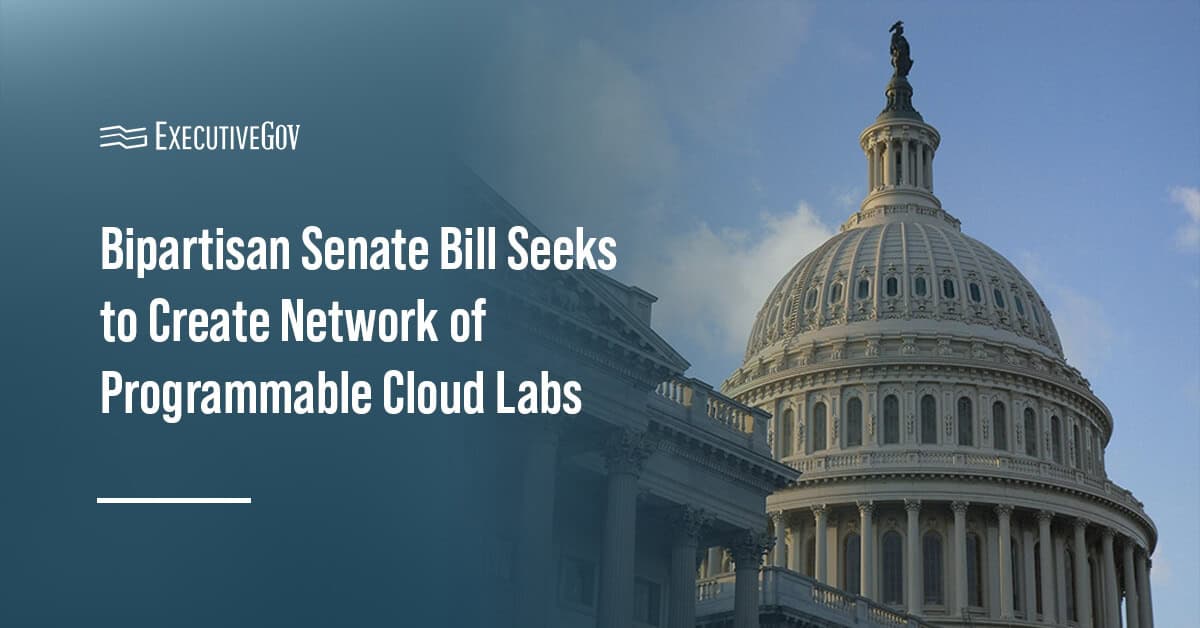 The General Services Administration will handle contracts for the Defense Health Agency‘s health information technology requirements under a DHA memo sent April 25, Federal Times reported Monday.
The General Services Administration will handle contracts for the Defense Health Agency‘s health information technology requirements under a DHA memo sent April 25, Federal Times reported Monday.Aaron Boyd writes that DHA Component Acquisition Executive Michael O’Bar signed the memo to require health agency procurement officers to use GSA’s governmentwide acquisition contracts and schedules for all IT and healthcare systems.
GSA formed a seven-year partnership with DHA in February to invest $5.4 billion to procure health information technology services and systems.
DHA acquisition officials selected GSA vehicles after reviewing a Defense Department memo on the Better Buying Power 3.0 initiative that stressed contracting efficiency and strategic sourcing, the report said.





